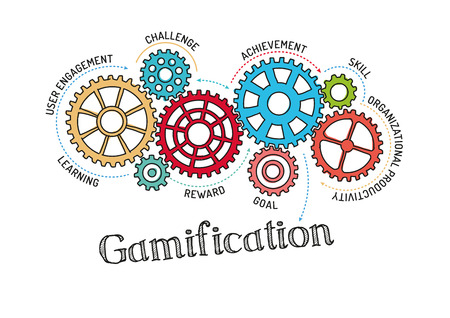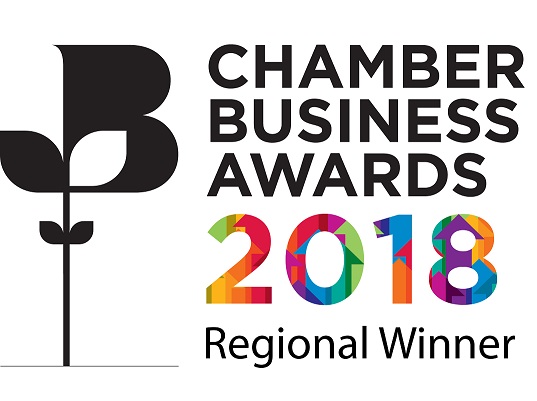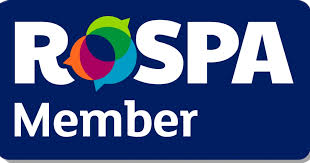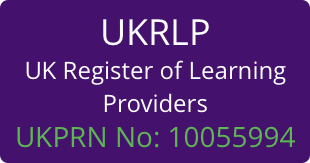
By Matt Ewens
Firstly, what is gamification? According to the dictionary it is described as:
Gamification
ɡeɪmɪfɪˈkeɪʃ(ə)n/
noun
“The application of typical elements of game playing (e.g. point scoring, competition with others, rules of play) to other areas of activity, typically as an online marketing technique to encourage engagement with a product or service”
Gamification isn’t a new concept in fact you may be surprised at just how far back it goes. According to some sources, way back to 1912 when cereal boxes started giving away free prizes inside. Although this isn’t directly gamification, particularly in the sense of learning, these were the humble beginnings of ‘fun’ activities for the consumer. If you’re interested in exploring more about the history of gamification, there’s a very good infographic by Technology Advice, which provides some further insight.
There may still be many cynics out there that immediately conjure up images of children glued to their X-boxes shooting aliens out of the sky, whilst their course books lie unread. In fact there is the view that playing games, solely for entertainment purposes can help improve reflexes!
We must remember that there is a huge difference between playing games purely for entertainment and using games for gamification purposes, in a learning sense. Gamification, however, isn’t just education, it’s the use of games to help develop and support a whole range of areas in business. Gamification reinforces learning and understanding and is used within many business functions, such as a CRM (customer relationship manager) or LMS (learning management system). The aim is to use gamification to help ultimately increase the productivity of employees, thus having the knock on effect of improving the overall efficiency of an organisation, not to mention profitability. But then we already know this because there’s a ton of information about it online.
Some useful gamification trends:
Rather than reinvent the wheel, I have researched a whole host of statistics and valuable insights into gamification throughout business and education. You can explore some excellent infographics by visiting my e-learning Pintrest space.
There are a few standout stats and information worth highlighting:
- Bunchball Nitro, which is a gamification platform, generates more than 70 million unique users each month!
- It was claimed that even back in 2014 70% of the 2000 largest global enterprises would use gamification for at least one aspect of their organisation.
- $5.5 billion, is the expected market growth for gamification in 2018.
- As a planet we spend 3 billion hours a week playing games
So, what other reasons should you use gamification in your business?
- Organisations that deploy gamification can improve employee engagement by 48%
- Businesses with engaged employees have 18% more productivity
- Businesses with engaged employees have 12% higher profitability
- 79% of participants said they would be more productive and motivated if their learning environment was more like a game
- Learners recall just 10% or what they read and 20% of what they hear, but if learners carry out the activity themselves, even through a simulation – they retain up to 90% of the knowledge – hence using gamification!
The elements of gamification in business
So, what are the successful elements of embedding good gamification into your LMS/CRM or business functions?
The Design Digitally infographic details these quite nicely:

But why?
You may still be wondering why? What’s the point of games in the workplace, leader boards, competitions and badges? Well, by encouraging teams to engage more in activities that heaven forbid could be slightly tedious, people can stimulate themselves and it also encourages people to achieve more. Perhaps one of the best examples was the huge explosion in wearable technologies like FitBit. This device monitors your heart rate and provides stats to help you monitor your exercise goals. It’s also pretty addictive, you find yourself actively wanting to make progress – to run that extra mile. Perhaps even compete with a friend or a group online. This is participation and after all we are a race that likes to socialise. We’re also highly inquisitive; it’s human nature to explore. Let’s be honest – How many times have you taken a peek at your social media leader board for your organisation or some kind of leader board?

Rufus wanted to check his score in the CRM, but something was stopping him
How organisations are using gamification
- Nike + system enables people to share and track and compare exercise results and earn ‘fuel points.’ Runners can make new friends, get personalised coaching and be a part of a community – Their membership is now over 11 million people!
- IBM Innov8 – this involves employees learning about business process management through gamification and dealing with a fictional company
- Bluewolf launched a gamified Going Social program for its internal staff – check out their stats showing improved communications
- The Reading Game, was developed by Macquarie University, Australia to enable a collaborative space for students to peer review and rate the quality of questions and answers for continuous formative feedback.
- Bayer’s Didget is the first and only blood glucose meter for children with Type 1 diabetes that connects directly to Nintendo DS™ and Nintendo DS™ Lite gaming systems to enable children to use gaming to help them check their critical blood sugar levels.
Hey, if you’re still sceptical about playing games, why not watch this TED talk video Gaming can make a better world by Jane McGonigal. This film explores how we can adapt and focus on the positivity of gaming and their application to the real world.

Do I look like I’m a believer?
What about the world around us? How can gamification concepts help change the world, even save lives? I’d thoroughly recommend you enlighten yourself by watching these great innovators of gamification concepts:
- Piano stars (TheFunTheory.com)
- The speed camera lottery
- Bottle Bank Arcade (TheFunTheory.com)
- All eyes on the S4
- Nurture Digital | Nike Case Study
- Why I would raise chickens (Bill Gates) – it’s now ended, but this game helped to donate 100,000 chickens to African people.
Why use LMS gamification in business
We’ve explored some excellent innovators of gamification, statistics as to why gamification is so popular and some future trends. Many businesses are now turning to an LMS with gamification because of the positive impact on training outcomes:
Employers:
- Set goals and targets for employees and teams based on achievement of rewards gained through learning, e.g. change management, customer service
- Set reward levels for different teams or departments and link to business objectives e.g. client meetings, sales targets
Employees:
- Are more engaged in their learning and motivated when they earn badges and points, and participate in leader boards
- Retain the knowledge they have learnt because they have been more engaged in the learning process
- Can track their own progress and compare their own team’s performance with others.
What’s hot
- The eLearning Marketplace has recently developed gamification tools within their LMS which is branded for clients and provides access to over 1000 courses. This makes for an excellent platform to explore gamification options.
- Bunchball – Harness the power of science and data-driven feedback to engage your customers, employees, and partners to do more within the systems that matter to your business.
- Badgeville – Enterprise gamification.
- MindTickle – Sales enablement.
- OfficeVibe – employee engagement software.
So, how are you using gamification in your organisation and what is the future of gamification?







 UK: 0844 854 9218 | International: +44 (0)1488 580017
UK: 0844 854 9218 | International: +44 (0)1488 580017








